Grapes
Sthenias Grisator
Symptoms of damage
Identification of pest
Grub - Head is dark brown colour, pair of strong mandibles.
Adult – Medium sized, grey coloured with a white spot in the center of each elytra.
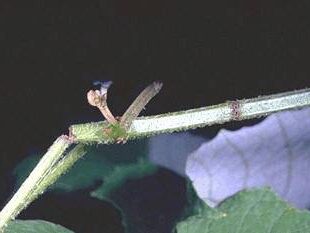
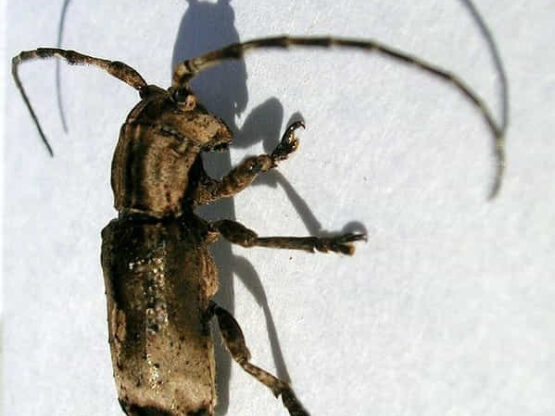
Management
Flea beetle
Symptoms of damage
Identification of pest
Adult - Reddish brown, shiny with six spots on elytra
Grub – brown in colour and black colour head
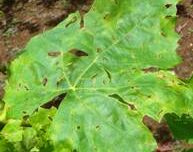
Shot holes
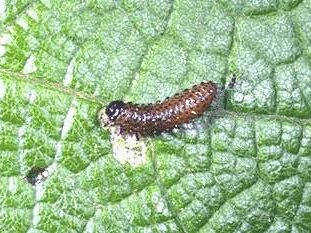
Larva

Adult
Management
Thrips
Symptoms of damage
Identification of pest
Nymphs - yellowish brown colour and red colour abdomen
Adult - black brownish abdomen and yellowish wings

Adult
Management
Mealy bug
Symptoms of damage
Identification of pest
Nymph - Yellowish to pale white.
Adult - long, slender covered with white waxy secretions
Management
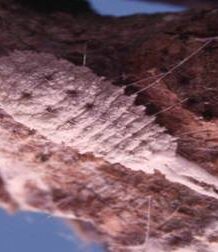
Adult
Mealy bug
Symptoms of damage
Identification of pest
Nymph - pinkish in colour.
Adult – pink colour and covered with white wax
Management
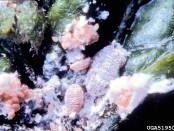
Pink mealy bug
Berry plume moth
Symptoms of damage
Identification of pest
Larva - Small, pale green or pink with median red line.
Adult - Small moth.

Larva attack grape bunch
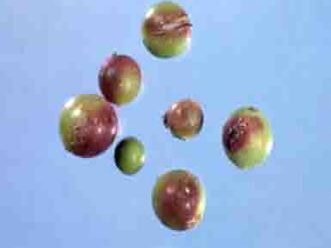
Affected berries (stung berries)
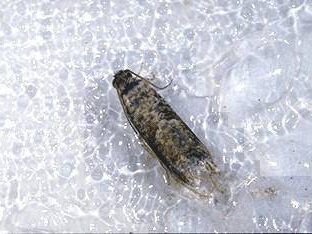
Adult
Management
Source: https://tnau.ac.in/
